Capture the Magic: Discover the Absolute Best Times of Day to Take Stunning Photos in Kimono!
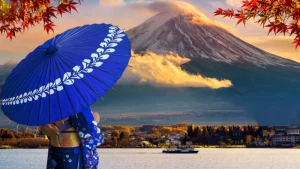
Perfect golden hour timing for stunning kimono photography at iconic Japanese locations
Capturing the beauty of kimonos is an art that requires not only the right attire but also the perfect timing. Choosing the best times of the day to take pictures in kimono can transform mundane photos into breathtaking works of art. The play of natural light on the vibrant colors and intricate designs adds another layer of allure to this traditional garment. This blog post uncovers the secrets to creating stunning kimono photography, guiding you on when and how to take the most magical photos in your kimono attire.
- 13 Sep Best Time for the Photoshoot
- How to Enjoy Taking Pictures of Tourist Spots in Kimono
- Kyoto Kimono Experience
- Kyoto Kimono Photoshoot Reddit
- Best Kimono Rental and Photoshoot in Kyoto
- Kimono Rental and Photoshoot in Kyoto
- What are the best times of day to take pictures in a kimono for optimal natural lighting?
- How does the time of day affect the colors and details in kimono photography?
- Are there specific times during the day that are more culturally significant for taking kimono photos?
- Can taking pictures in a kimono during different times of day influence the mood or atmosphere of the image?
- What are the advantages of taking kimono photos during the golden hour compared to other times of the day?
13 Sep Best Time for the Photoshoot

Golden hour charm enhances kimono colors and intricate details
September 13th marks an exceptional date for a kimono photoshoot, especially during the coveted golden hour. The golden hour charm is unparalleled, casting a soft, warm light that enhances the vibrant colors and intricate details of kimonos. This time of day, when the sun is low on the horizon, creates a magical glow that seems to bring the fabric to life, making your photos stand out. The early morning or late afternoon hours on September 13th are particularly ideal due to the mild weather, typical of early September. This temperature creates the perfect environment for a comfortable, extended shoot without the discomfort of summer heat or the harsh shadows caused by direct sunlight.
Beyond the visual allure, September 13th holds cultural significance, aligning your photos with the Japanese Tsukimi season—a traditional time for moon viewing and appreciating nature’s beauty. This consideration adds depth to your images, providing both a visual and contextual appeal. Furthermore, choosing a mid-week day like September 13th means popular photo locations tend to be less crowded, offering you peaceful and unobstructed backgrounds, perfect for stunning portraits. Lastly, the dynamic skylines typical of this time can provide a picturesque and ever-changing backdrop that complements the elegant attire of a kimono, ensuring your photos capture both tradition and the passage of time.
- Golden Hour Charm: Enriches colors and details of kimonos.
- Optimal Weather: Comfortable temperatures for extended photography.
- Cultural Significance: Aligns with Tsukimi traditions.
- Less Crowded Locations: Peaceful environments for serene photos.
- Dynamic Skylines: Offers evolving backdrops to emphasize elegance.
The combination of these elements during early September offers an extraordinary opportunity to capture the essence of kimonos in all their splendor, enriching both the aesthetic and cultural narratives of your photography.
How to Enjoy Taking Pictures of Tourist Spots in Kimono
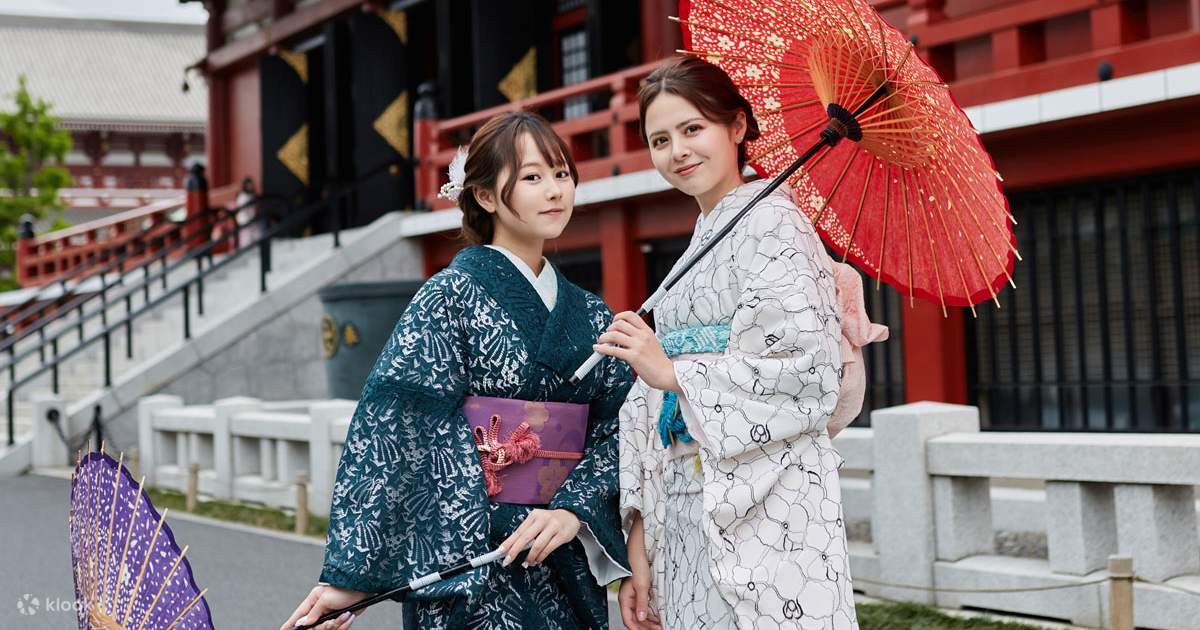
Professional kimono photography experience at popular tourist destinations
Taking photos in kimono at tourist spots can be a uniquely enriching experience when approached with the right strategies. Starting at the crack of dawn allows for exploration of serene, less crowded settings, providing more intimate and personal shots of you in your kimono. This tranquil atmosphere is perfect for capturing the beauty and grace of the garment without the interference of throngs of tourists.
The enchanting golden hour, just after sunrise or immediately before sunset, elevates kimono photography with its natural lighting, accentuating the garment’s vivid colors and ornate patterns. Additionally, soft, diffused light experienced during overcast weather or in shaded areas is invaluable for avoiding harsh shadows and achieving balanced exposure in your images. Incorporating iconic landmarks or natural backdrops into your compositions highlights the cultural and scenic elements of the sites, seamlessly uniting the historical significance of your surroundings with the grace of the kimono. To enhance your shots further, experimenting with different poses and angles can showcase the elegance of kimonos, making every photo a reflection of your personal experience.
- Early Morning Exploration: Ensures serene, uncrowded environments.
- Golden Hour Magic: Enhances kimonos’ vibrant colors.
- Diffused Light Usage: Promotes balanced exposure.
- Iconic Landmark Compositions: Highlight cultural and scenic notes.
- Pose Experimentation: Captures the kimono’s elegance.
Each of these strategies contributes to creating a stunning and memorable photo collection that captures the essence of both the kimono and the astonishing sites.
Kyoto Kimono Experience
Kyoto’s iconic Golden Pavilion provides stunning backdrop for kimono photography
Kyoto offers a spectacular backdrop for your kimono experience, giving you the chance to capture the garment’s exquisite beauty against enchanting historical settings. The early morning in Kyoto provides soft, natural lighting with fewer crowds, setting a peaceful scene for photographing the serene elegance of kimono attire. As the day progresses, mid-morning offers slightly brighter light, maintaining a gentle quality perfect for capturing the vivid colors of traditional kimonos.
Golden hour lighting in Kyoto’s historic Higashiyama district creates magical kimono portraits
Golden hour, just before sunset, bathes every scene in warm tones, adding a touch of magic to your photos. This time perfectly highlights the intricacies of kimono designs against Kyoto’s scenic beauty. The late afternoon light accentuates the complex details of kimono patterns, effortlessly integrating them into Kyoto’s iconic backdrops. As twilight approaches, the city lights introduce an enchanting atmosphere, ideal for dramatic portraits that capture both tradition and modernity in breathtaking strokes.
- Soft Early Morning Light: Perfect for serene kimono photos.
- Bright Mid-morning Illumination: Enhances kimono colors.
- Magic of Golden Hour: Warms scenes with enchanting tones.
- Detail Highlight in Late Afternoon: Brings intricate designs to life.
- Twilight Enchantment: City light drama for striking portraits.
Whether by day or night, Kyoto offers myriad opportunities to highlight and immortalize the splendor of traditional kimono wear against its rich, cultural landscape.
Kyoto Kimono Photoshoot Reddit

Community-recommended timing and composition for Kyoto kimono photography
For photography enthusiasts, Reddit is a treasure trove of advice and anecdotal insights about kimono photoshoots in Kyoto. Many users recommend shooting during golden hour, just after sunrise or before sunset, because of the flattering, soft light that perfectly captures kimonos’ vibrant colors and fine details. Mid-morning is another favored time, offering consistent lighting conditions that are excellent for emphasizing the elegance of traditional kimonos without creating harsh shadows.
Midday photography hinges largely on finding shady spaces as the sun overhead can create vibrant, yet unforgiving lighting. Late afternoon brings in warm hues that artfully enhance the textures of both the kimono and its natural Kyoto surroundings. The nighttime experience is iconic, with the city’s illuminated landscapes providing striking contrasts that showcase the juxtaposition of modern and traditional beauty in kimono photography.
- Golden Hour Recommendations: Optimal light for color and detail.
- Even Mid-morning Conditions: Maintains elegance without harshness.
- Tips for Midday: Seek shaded areas to adjust brightness.
- Late Afternoon Warmth: Enhances textures with natural warmth.
- Night Sky Drama: Utilizes lit cityscapes for unique contrast.
These times of day and tips collectively gather the wisdom of the internet’s kimono photography community, ensuring your photos encapsulate the unparalleled beauty of both the garment and its backdrop.
Best Kimono Rental and Photoshoot in Kyoto

Professional kimono rental services in Kyoto provide authentic transformation experiences
Kyoto presents unparalleled opportunities for kimono rental coupled with breathtaking photoshoot locations, making it an ideal destination for a transformative photographic experience. Opting for an early morning photoshoot provides advantageous soft, natural lighting and ensures access to popular sites before they crowd. In contrast, late afternoon shoots leverage the golden hour’s beauty, enhancing the overall aesthetic and vibrancy of your photos.

Kiyomizu Temple kimono rental experience combines authentic attire with iconic locations
Kimono rental packages in Kyoto generally offer comprehensive services, often including hair and makeup for a complete transformation that ensures an authentic experience. Professional photographers familiar with the area can guide you through iconic and secret spots alike, enriching your photo collection with unique visual narratives. These services collectively ensure that your kimono photoshoot in Kyoto is a seamless and immersive venture.
- Morning Photoshoots: Utilize soft lighting for busy site access.
- Late Afternoon Experience: Benefit from golden hour vibrance.
- Rental Packages: Inclusive services for authentic transformation.
- Photographer Guidance: Discover iconic and hidden treasures.
With these elements in place, Kyoto provides the perfect framework not just for capturing the magic of kimonos on camera but also for experiencing the captivating charm of this historic city.
Kimono Rental and Photoshoot in Kyoto

Full kimono rental experience includes professional styling and photography guidance
Experiencing Kyoto in a kimono offers a uniquely immersive journey into the city’s historical and cultural narrative. Renting a kimono for an authentic photoshoot allows you to blend seamlessly into Kyoto’s picturesque backdrop. Early morning is particularly ideal—offering optimal lighting and fewer crowds to foster a serene atmosphere robust with photographic opportunities.
The late afternoon provides a beautiful golden tone, enriching and enhancing the vibrant colors of traditional kimonos, making your photos come alive with warmth. During the magical golden hour, the soft, diffused light beautifully accentuates the subtle details of both your attire and environment, nurturing memorable moments. As twilight descends, Kyoto transforms into an ethereal scene, with illuminated streets and historical landmarks serving as dramatic settings for captivating kimono photography.
- Early Morning: Offers lighting and calm environment for serene images.
- Late Afternoon Glow: Elevates kimono vibrance and warmth.
- Golden Hour Magic: Highlights subtle details beautifully.
- Ethereal Twilight: Leverages city lights for memorable captures.
Each moment of the day contributes to crafting unforgettable images that showcase both the subject and the timeless charm of Kyoto.
What are the best times of day to take pictures in a kimono for optimal natural lighting?
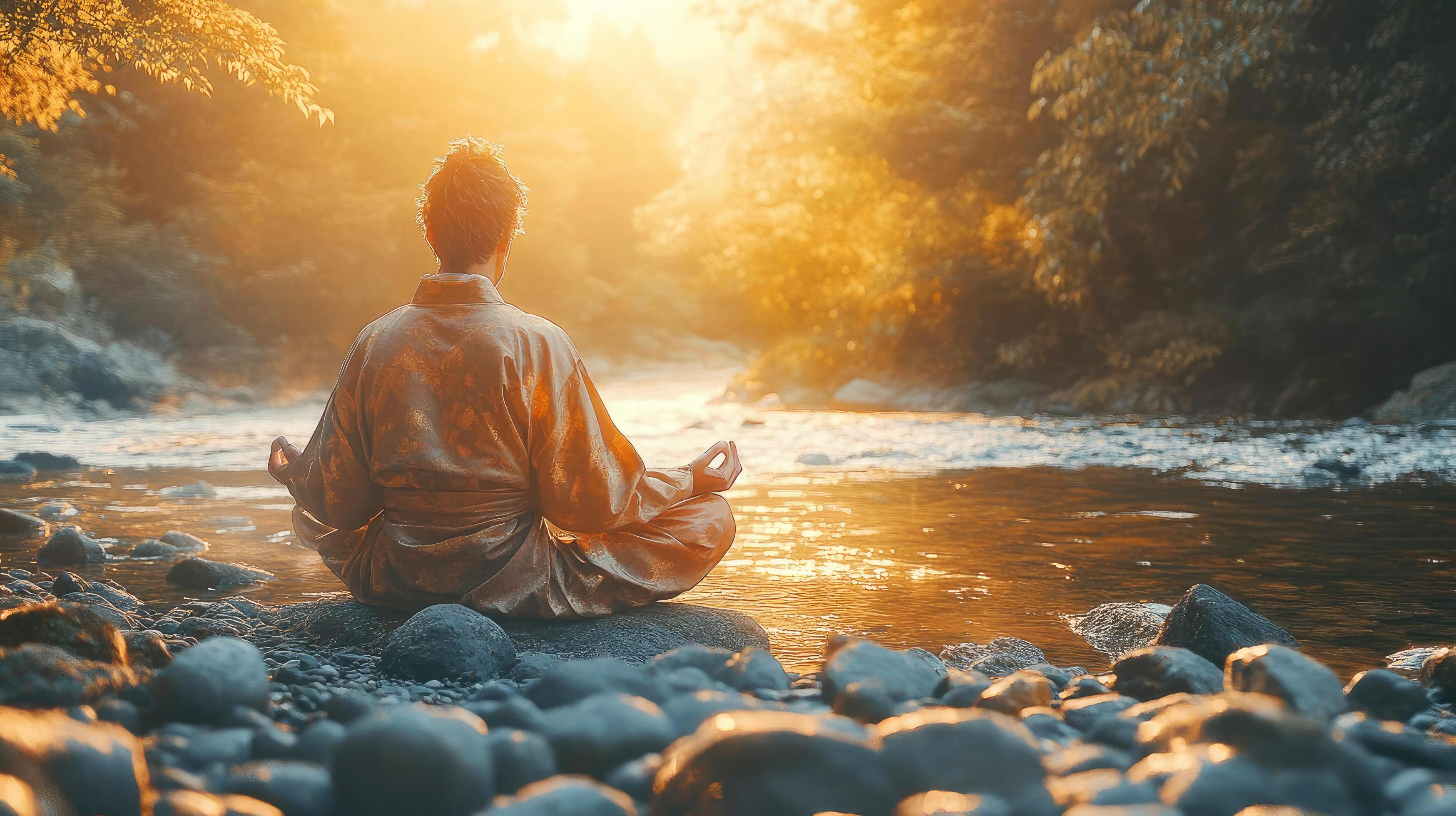
Optimal natural lighting during sunset creates serene and atmospheric kimono photography
To ensure optimal natural lighting while capturing the stunning essence of a kimono, consider early morning and late afternoon as prime times for photography. Known as the “Golden Hour,” these periods shortly after sunrise and just before sunset provide soft, warm light that is ideal for highlighting vibrant kimono patterns and colors. The irresistible glow adds dimensionality, allowing for breathtaking and visually rich photos.
At these times, it is prudent to avoid midday photography when the sun is high and harsh, creating strong shadows that can wash out textures and details. Overcast days are also advantageous, offering diffused lighting that minimizes shadows while enhancing the finer details of a kimono. Additionally, location-specific factors such as surroundings and light direction can greatly influence the emotive and atmospheric quality of your photos.
- Golden Hour: Best for soft, warm light enhancing kimono highlights.
- Avoid Midday: Prevent harsh shadows and washed-out colors.
- Overcast Advantage: Softened shadows and detailed texture highlights.
- Consider Locations: Ensure surroundings complement lighting.
By weaving these times and conditions into your kimono photography strategy, you can seamlessly capture enduring and visually compelling images.
How does the time of day affect the colors and details in kimono photography?
Time of day dramatically affects kimono color rendition and detail visibility
The time of day plays a crucial role in influencing the colors and intricate details in kimono photography. Morning light offers a soft, diffused glow that reveals the subtle patterns and textures of a kimono, setting a tranquil tone for your images. Although midday sunlight presents challenges with harsh shadows, it serves an opportunity for creativity, capturing vivid colors contrasting against strong backdrops.
As evening falls, the acclaimed golden hour after sunrise or before sunset envelops the kimono in warm, flattering tones, uplifting its elegance. Evening light allows for dramatic contrast, offering the potential for striking silhouettes that add a layer of intrigue to the composition. Each of these timeframes profoundly impacts the mood and character of the photographs, enabling diverse storytelling through collaborative use of light and focus.
- Morning Light: Soft glow brings out delicate patterns.
- Midday Creativity: Harsh shadows highlight vivid colors.
- Golden Hour Elegance: Warm tones uplift and add grace.
- Evening Dramatism: Silhouettes and contrast enrich storytelling.
Leveraging the time of day as a component in your creative process allows you to transform simple photographs into immersive visual experiences.
Are there specific times during the day that are more culturally significant for taking kimono photos?
Culturally significant timing enhances the traditional and spiritual elements of kimono photography
Culturally significant times of day can deepen the impact of your kimono photos, capturing not just the beauty of the garment but the cultural atmosphere it embodies. Early mornings resonate with traditional Japanese settings, offering soft light that creates a serene and contemplative ambiance reminiscent of classical aesthetics. Conversely, the harsh midday light is often avoided as it detracts from the intricate details and vibrant colors typical of kimonos.
Late afternoon offers a golden hue that enhances the vibrancy of kimono colors, providing a timeless glow perfectly suited for culturally resonant portraits. Early evening or twilight captures the kimono against city lights or serene landscapes, complementing the storytelling aspect of your photos. Each time of the day provides unique cultural and aesthetic perspectives that enrich the narrative quality of kimono photography.
- Early Mornings: Mimics serene, traditional Japanese settings.
- Avoid Midday: Prevents overshadowing kimono intricacies.
- Late Afternoon Golden Hue: Timeless appeal for elegance.
- Twilight Settings: City lights enhance storytelling elements.
By conscientiously choosing these culturally infused times, you can heighten not only the aesthetic appeal but the depth of your kimono photography.
Can taking pictures in a kimono during different times of day influence the mood or atmosphere of the image?
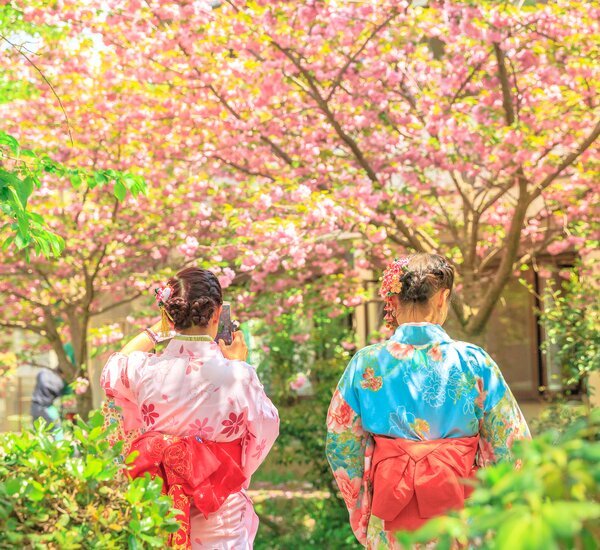
Different times of day create distinct moods and atmospheres in kimono photography
The mood and atmosphere of kimono photographs are remarkably influenced by the time of day. Morning light imbues a soft, serene ambiance to the photos, accentuating the inherent elegance of the kimono against the gentle awakening of nature. While the midday sun can produce vibrant and lively images, careful attention is needed to mitigate harsh shadows through strategic positioning.
Golden hour—just before sunset—immerses subjects in warm, ethereal tones, making the kimono’s colors resonate with unparalleled charm. As day transitions into night, evening shots with the help of city lights or glowing lanterns introduce an element of mystery and drama. This transition allows you to encapsulate the modern-day enchantment and traditional beauty of a kimono in a single image, providing a visually rich combination.
- Morning Light: Softer, serene atmospheres for calm elegance.
- Midday Dynamics: Vibrancy balanced with mindful shadow management.
- Golden Hour Glow: Warmth enhancing inherent kimono charm.
- Evening Allure: City lights offer dramatic, mysterious settings.
Through mindful planning of when your photos play with time’s passage, you can masterfully capture the shifting moods and atmospheres that the day offers.
What are the advantages of taking kimono photos during the golden hour compared to other times of the day?

Golden hour provides unparalleled advantages for capturing kimono beauty and elegance
The golden hour stands out as an unparalleled time for capturing kimono photos due to its unique light qualities and atmospheric impact. This brief period provides enhanced lighting, with its soft, warm beams beautifully highlighting the intricate patterns and colors of a kimono. The result is photographs that capture not just the garment’s physical beauty but its cultural significance and emotional resonance, creating truly memorable images that showcase the timeless elegance of traditional Japanese attire.
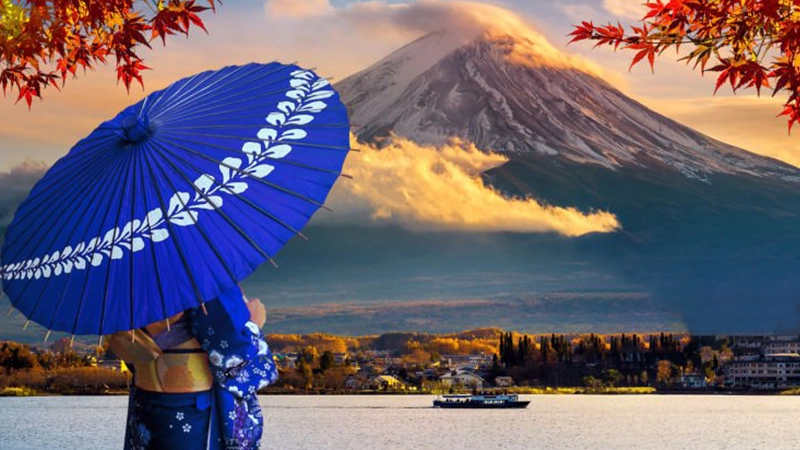


コメント